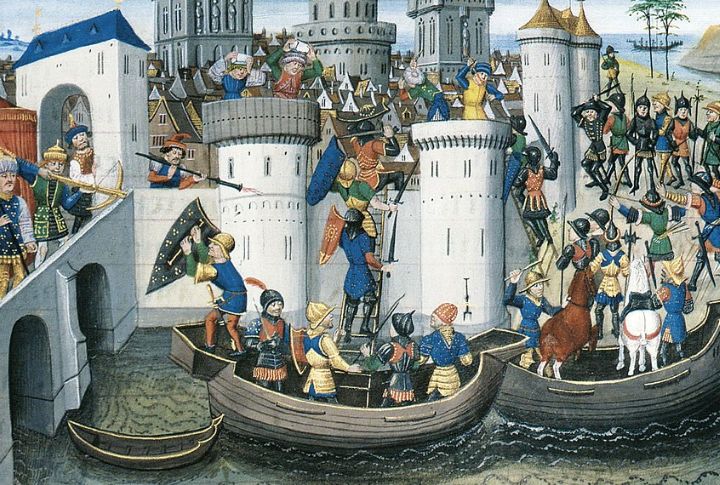
Faith is just one thread in the tangled mess of the Crusades. There were family feuds, economic dreams, and even personal vendettas thrown in. But how did it all spiral so widely and violently? These 10 reasons peel back the layers of why the Crusades became some of the most talked-about wars in medieval history.
Papal Calls For Holy War
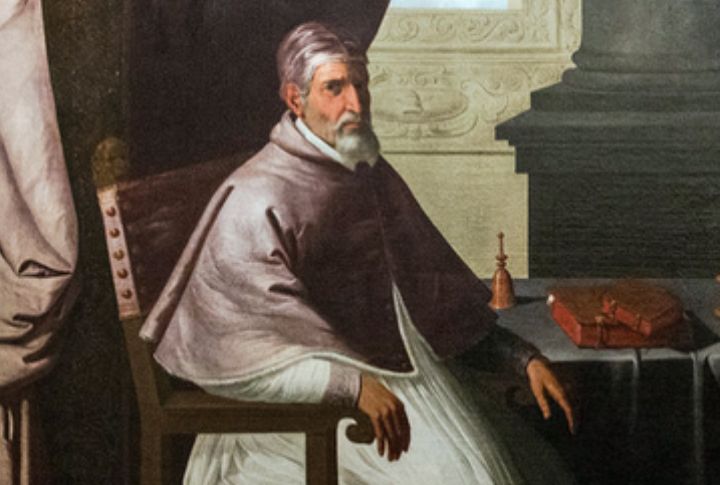
When Pope Urban II stood before the crowd at Clermont in 1095, something shifted. His call wasn’t framed as a conquest. “Deus vult,” they cried, and God wills it. Behind it all was a deeper goal: to unite the quarreling Christian lords under a single cause and provide them with a battlefield.
Muslim Control Of Jerusalem

After the Seljuk Turks took Jerusalem in the 1070s, access to holy sites grew dangerous. Europeans heard tales of destroyed shrines and forbidden passage. The Dome of the Rock loomed over what Christians believed was sacred ground. But Jerusalem was sacred to Muslims too, which made this conflict uniquely explosive.
Byzantine Empire’s Plea For Help
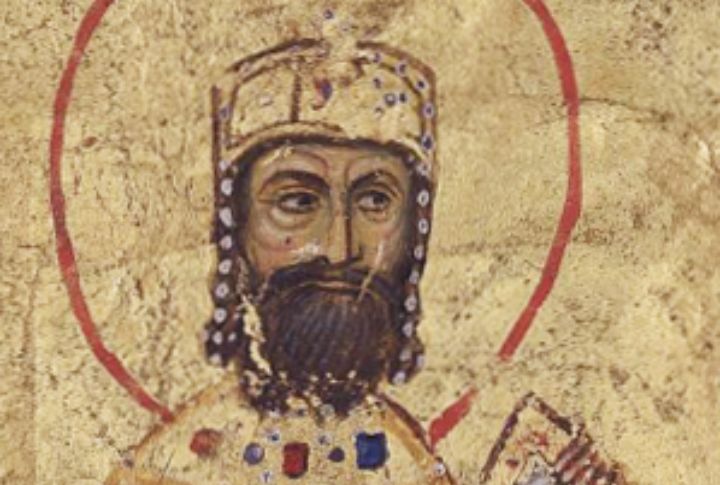
In 1095, Emperor Alexios I of the Byzantine Empire asked the West for military support. Despite deep religious divisions, Catholic knights responded to the plea. What began as a request for aid turned into something larger. Conflicting goals, unfamiliar lands, and clashing cultures helped turn this mission into one of history’s most explosive wars.
Ambition For Land And Titles
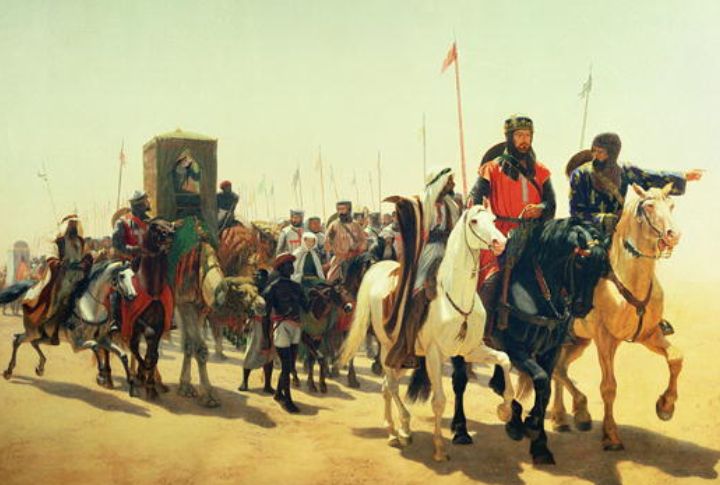
For second-born sons without inheritance, the Crusades were an opportunity. Europe’s rigid system offered little space for advancement at home, but overseas? Titles could be claimed, and kingdoms founded. Looted cities brought instant wealth, and new lands gave ambitious nobles a reason to stay and rewrite their place in history.
European Overpopulation And Poverty
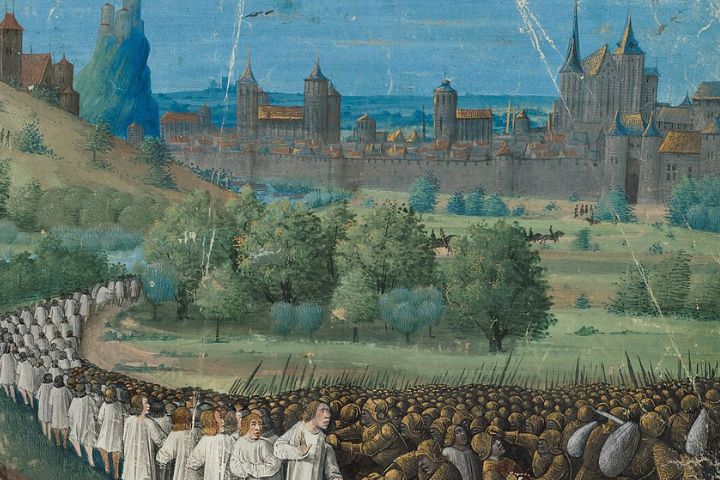
By the late 11th century, Europe was getting crowded and hungry. Crops were failing in some regions. When news of the Crusade spread, it sounded like an escape route. Early expeditions looked more like migrations than armies. The People’s Crusade became a chaotic symbol of desperation turned movement.
Religious Zeal And Apocalyptic Beliefs

Not every crusader chased land. Many believed they were walking straight into prophecy. Preachers described angelic visions and divine rewards. Some were convinced Christ’s return would follow the liberation of Jerusalem, and for those swept up in it, turning back felt like turning against God’s plan for the world.
Persecution Of Religious Minorities
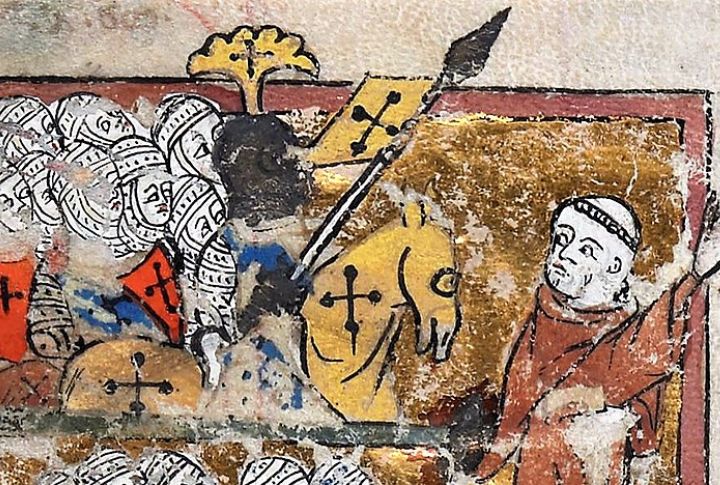
Before the Crusaders even reached the Holy Land, violence had already erupted at home. In cities across the Rhineland, Jewish communities became early targets. Crusaders accused them of deicide, twisting faith into rage. Entire neighborhoods were wiped out, and some offered forced baptism as a grim mercy.
Italian Maritime Republics Sought Trade Routes

Cities like Venice and Genoa saw opportunity. Carrying Crusaders offered profits, port access, and political leverage across the Mediterranean. These maritime republics gained religious favor and secured trade deals and shipping power. Their influence grew with every voyage, turning holy missions into stepping stones for commercial empires.
Crusades As Political Tools For Kings
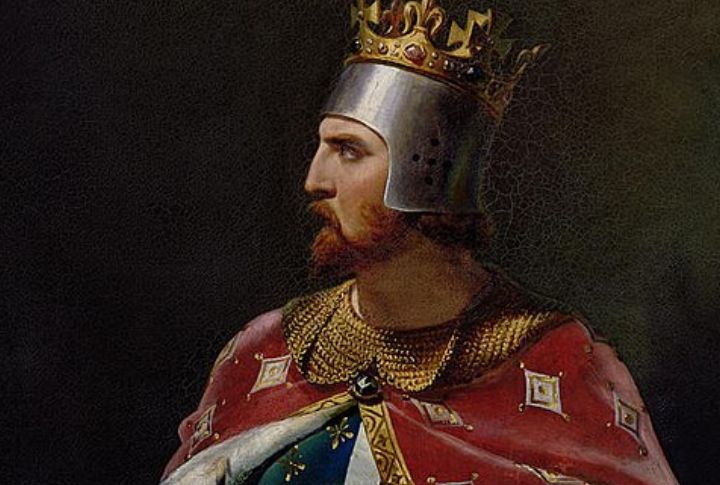
Crusades gave monarchs a stage where success could solidify a throne; failure could shake an empire. Richard the Lionheart, along with French and German kings, saw power in the cause. Their banners rallied troops and shaped alliances. But when campaigns collapsed, the political damage sometimes led to unrest or near ruin.
Fourth Crusade’s Sack Of Constantinople

The year was 1204, yet the target was Constantinople, a Christian city. Crusaders, weighed down by Venetian debts and tangled alliances, turned on their own. Churches were plundered, and centuries of trust were shattered in days. That brutal siege carved a deeper divide between Eastern and Western Christianity.

